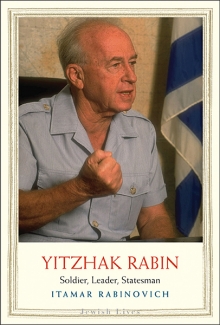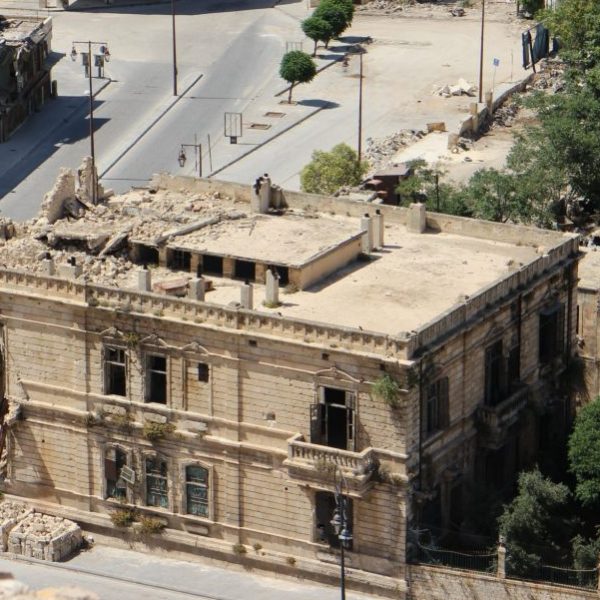The Backdrop of the Crisis in Syria
Itamar Rabinovich—
An atrocious civil war has been raging in Syria for more than six years now. More than half a million Syrians have been killed thus far, and more than ten million—almost half the population—have been uprooted. The Syrian crisis has affected the stability of neighboring countries, undermined the stability of the European Union, and played an important role in the birth and rise of ISIS. The Syrian crisis is the focal point of Middle Eastern regional rivalries and has served as the vehicle for Russia’s return to a leading role in the Middle East. The Assad regime’s recurrent use of chemical weapons against its own population and the U.S. punitive strike in early April brought the renewed Russia- American cold war in the Middle East to a new height. Against this backdrop it is interesting to revisit the Israeli-Syrian peace negotiations of the 1990s led by Yitzhak Rabin.
Upon returning to power in 1992, Rabin was determined to put new life into the Israeli-Arab peace process. There was a choice to be made: a breakthrough could be achieved either with Syria or with the Palestinians. Rabin knew well that the Israeli political system could not sustain the concessions required for a breakthrough on both. Rabin preferred a “Syria first” policy. He was told by Secretary of State Baker that Hafez ak-Asad (father of the current president) was willing to make full peace, and that the Bush Administration was willing to underwrite it. The same policy was continued by the Clinton Administration after January 1993.
But there was a major problem obstructing the negotiation. Assad insisted that Israel commit to a full withdrawal from the Golan before specifying what he meant by peace. The Israeli negotiators and the U.S. peace team tried in vain to explain to Assad that one did not start a negotiation with the bottom line. By early August 1993, a moment of decision arrived. A track two negotiation with the PLO produced a draft agreement between Israel and the Palestinian national movement.
Rabin was ambivalent. He had doubts about the Oslo Accord, and he still preferred a Syrian deal as his first option. In order to break the deadlock, he deposited with the U.S. Secretary of State a hypothetical conditional agreement to withdraw from the Golan in return for a satisfactory package of peace and security. The deposit was not well-used; Assad preferred haggling to a swift embrace of this unique opportunity, and in the absence of a Syrian option, Rabin sanctioned the signing of the Oslo Accord. There were several later efforts under Rabin’s successors to revive the negotiation, but to no avail.
Against the backdrop of the Syrian civil war and the collapse of the Syrian state, the question is often asked whether it was a stroke of luck that the deal was not struck in the 1990s. Critics ask: did Israel wish to see ISIS in the shore of Lake Tiberias? The answer to this question is quite simple. Had Syria made peace with Israel, the civil war of 2011 would not have broken out. Peace with Israel was meant to be part of a larger reorientation of Syrian politics, including a new relationship with the U.S. and political and economic liberalization. In that case the pressure cooker that exploded in March 2011 would have been cooled much earlier.
Itamar Rabinovich is president of The Israel Institute (Washington, D.C., and Tel Aviv); Global Distinguished Professor, New York University; and Non-Resident Distinguished Fellow, Brookings Institution. He served as Israel’s ambassador to the United States and chief negotiator with Syria from 1992–1996. He lives in Tel Aviv, Israel.
Further Reading



























